September 27, 2018
“When a child misbehaves, remember—kids are having a problem, they’re not being a problem.”
At this week’s Allies in Prevention Coalition meeting, SCAN hosted 30 local child welfare professionals to hear from parenting expert Rachel Bailey as she shared insight from her work coaching parents in hundreds of local families. Why do children throw tantrums, hit a sibling, refuse to do chores, and so many more things that challenge parents? And how can parents respond in healthy ways? The group discussed these questions and more—leaving the meeting with some excellent tools and ideas to share with the parents in their communities, including:

- WHY? “Many behaviors are the result of kids’ missing tools,” shared Rachel. This includes missing tools like impulse control, handling monotony, transitioning effectively, and problem solving. Negative behaviors can also be caused by a child’s “level of yuck,” as Rachel calls it. If a child is tired, hungry, sick, scared, or in any other form of discomfort (afraid or frustrated or overwhelmed) the brain interprets it as a threat. This fight-or-flight response is meant to protect us, but it can make kids (and adults) impulsive, self-centered, and narrowly focused. A prime opportunity for “bad” or unwanted behavior to happen!
- WHEN? Bad behaviors often happen when a child’s needs aren’t being met. This includes biological needs like sleep, food, and a safe environment as well as emotional needs. Children long for connection, they want to know they matter, they want to have the tools they need to be successful, they want to have a voice, and they want to know that they are safe. Rachel reminded the group that reasons for behavior are not excuses—in fact, they are crucial to helping parents understand a particular behavior and help their child change their behavior.
- HOW? A child’s bad behavior presents in three ways: They might “turn the ‘yuck’ out” on others (being aggressive, disrespectful or defiant); they might turn it in on themselves (feeling anxious, lacking self-esteem or low motivation); or they try to “numb the yuck” with things like electronics, food, etc. Thinking of these three categories of unhealthy behavior is a great way to better understand the specific behavior in question and how parents can best respond.
- WHAT NEXT? Parenting is not about making kids feel good all the time—that’s not realistic! Instead, Rachel encourages parents to “make deposits” in their kids as a response to the many withdrawals taken from them each day. Parents can deposit into their children’s “toolboxes,” teaching them skills to do things like clean up their toys, focus on homework, etc. Or they can deposit into their needs—mentioned earlier—by doing things like making sure their children are getting enough sleep (biological) or asking for their opinion on an important decision (emotional).“Yes, we’ll make withdrawals from our children,” acknowledged Rachel, like navigating a conflict with a sibling or telling them to finish their homework or manage a busy schedule, “but they’ll have this reserve to pull from when bad things happens—this is the core of resilience.”
For SCAN’s new fact sheets on Children’s Behavior, click here. You can also download an image of our Parenting Can Be Tough “diaper bag tags” that remind parents about some of the biological and emotional causes of behavior and help younger children communicate their feelings.
